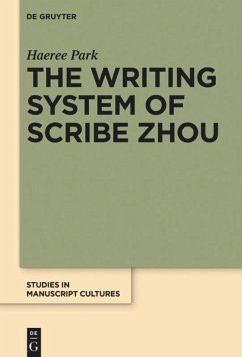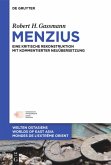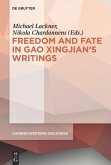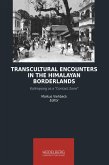This book investigates the nature of regional variation in the early Chinese writing system through bamboo manuscripts and inscriptions dating from the late pre-imperial China (5th-3rd centuries BCE). Diachronic and synchronic comparisons of graphic details show that none of the well-recognized regional varieties developed independently from one another. Furthermore, differences in graphic components can be accounted for as alternations of graphs that are compatible in their semantic or phonetic values. The phonological systems underlying various regional orthographies unanimously point to a single coherent sound system with some mixture of dialect pronunciations. This strongly suggests that all the late pre-imperial regional scripts derived from a kind of orthographic meta-system based on one spoken standard language. This orthography and its phonological systems should reasonably be dated to ca. 9th century BCE, just about the time when the earliest known Chinese lexicography "Book of Scribe Zhou" (ca. 830 BCE) was written. The conclusions of this book have further implications on reading and understanding manuscript texts in general as well as on using them as data for linguistic studies.








